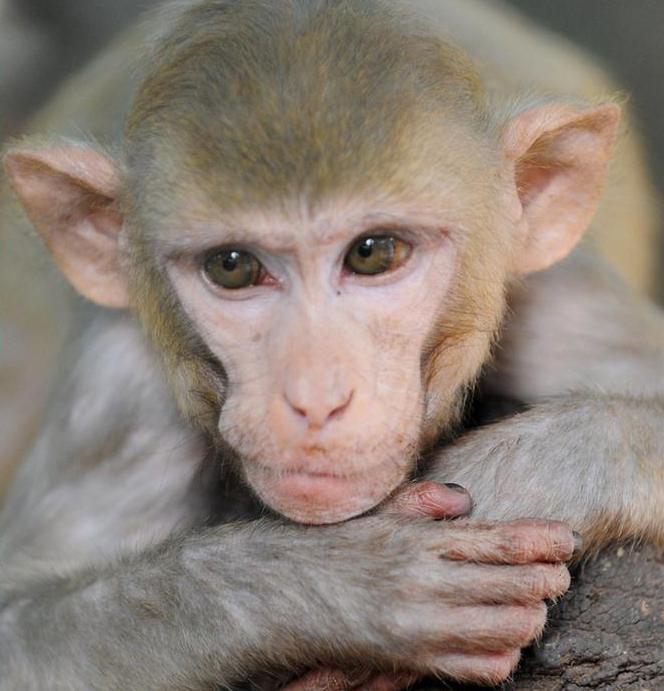Monkey leaders and followers have ‘specialised brains’
Monkeys at the top and bottom of the social pecking order have physically different brains. A recent study by Oxford University released on Tuesday found that social status affects the size of some regions of primates’ brains, as well as how these parts communicate with one another. The study suggests that primate brains, including ours, can be specialised for life at either end of the hierarchy. The differences might reflect inherited tendencies toward leading or following, or the brain adapting to an animal’s role in life – or a little of both.
It suggests that at either end [of the hierarchy], you really need a specific set of skills to be successful, and those skills are making higher neural demands on those areas of the brain.
Dr MaryAnn Noonan, the study’s first author
Neuroscientists made the discovery, which appeared in the journal Plos Biology, by comparing brain scans from 25 macaque monkeys that were already “on file” as part of ongoing research at the University of Oxford. In monkeys at the top of their social group, three particular bits of the brain tended to be larger (specifically the amygdala, the hypothalamus and the raphe nucleus). In subordinate monkeys, the tendency was for a different cluster of regions to be bigger (all within the striatum).

Science